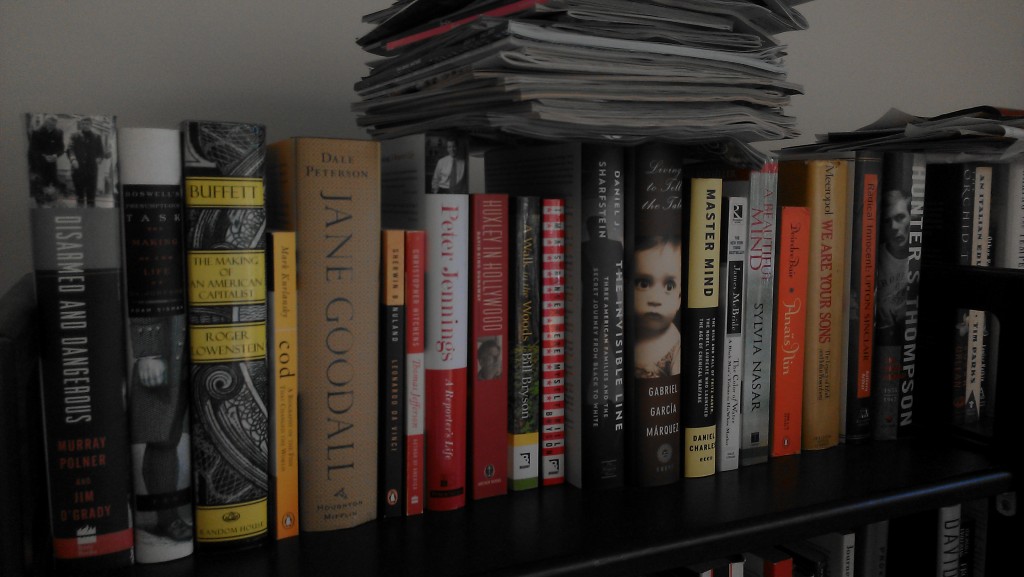
Before we present this week’s Weekend Reads, a question: Do you enjoy our weekly roundup? If so, we could really use your help. Would you consider a tax-deductible donation to support Weekend Reads, and our daily work? Thanks in advance.
The week at Retraction Watch featured:
- The retraction of 23 papers, and block of 35 more, for a fake alias and plagiarism
- A Springer Nature journal that took eight months to retract a paper after a government misconduct finding
- The retraction of a paper claiming women with endometriosis were more attractive
Our list of retracted or withdrawn COVID-19 papers is up to 33.
Here’s what was happening elsewhere:
- Science journals are purging racist, sexist work, finally. But the reactive nature of the moves raise questions, our co-founders write in Wired.
- “Dr. Oransky said the journal should still explain why the initial study was published, and make public the reviews generated during peer-review: ‘If you want the people to trust the system, be transparent about it,’ he said.” On the Lancet’s “learning from a retraction.”
- “Trump officials interfered with CDC reports on Covid-19” in the agency’s MMWR, Politico’s Dan Diamond reports.
- “Preprints have been put under a spotlight during the COVID-19 pandemic with both negative and positive consequences.”
- “We propose the development of an online annotation tool called ‘MyCites’ as means with which to mark and map inaccurate citations.”
- Scripps “To Pay $10 Million To Settle False Claims Act Allegations Related To Mischarging NIH-Sponsored Research Grants.”
- “Retracted COVID-19 articles: a side-effect of the hot race to publication.”
- A Nature study of COVID-19 and bats cited more than 3,000 times has fallen under scrutiny.
- “In the combined group of local and external users, articles submitted by women are more likely to be published than articles submitted by men.”
- How many scientists does it take to write a COVID-19 case report? A lot, apparently, says this paper.
- “The most likely outcome for someone who commits scientific misconduct is a long and successful career.”
- “Integrity watchdogs, lap dogs, and dead dogs.”
- “When Scholarly Articles Are Fraud, Whim, or Total Insanity.” A writer on Retraction Watch.
- “Anonymous Peer Review: Truth or Trolling?”
- “Turkish scientists and physicians face criminal investigations after criticizing COVID-19 policies.”
- “What’s Wrong with Preprint Citations?”
- “p-hacking fast and slow: Evaluating a forthcoming AER paper deeming some econ literatures less trustworthy.”
- “Can traditional computational analysis and machine learning help compensate for inadequate peer review of drug-repurposing papers in the context of an infodemic?”
- “Retraction Statistics Are Never On The Brochure,” says a sleuth.
Like Retraction Watch? You can make a tax-deductible contribution to support our work, follow us on Twitter, like us on Facebook, add us to your RSS reader, or subscribe to our daily digest. If you find a retraction that’s not in our database, you can let us know here. For comments or feedback, email us at [email protected].
Nice sexism in quoting “In the combined group of local and external users, articles submitted by women are more likely to be published than articles submitted by men.” The study literally states this is an artifact of male/female ratios among internal/external submissions:
“All this data allow us to see if the acceptance rate differs between users belonging to different gender groups. When we look at all articles submitted to JSCS without filtering out the ones rejected for technical reasons, then the acceptance rate for female users is 7%, for male is 3% and 7% for unspecified. For the local users it translates to 26%, 26% and 25% respectively, and for the external users to 3%, 2% and 4%. After taking into account only the articles that passed the technical check, we get 41% for female, 31% for male and 47% for unspecified users. For local users, these adjusted acceptance rates are equal to 70%, 68% and 84%, while for the external users they are equal to 22%, 23%, 35%.”
Taking the quote you chose out of context perpetuates the idea that reverse sexism is a thing, and that is actively harmful.
“Taking the quote you chose out of context perpetuates the idea that reverse sexism is a thing, and that is actively harmful.” I don’t agree that’s the message either from the article or from Ivan’s headline.
The study found a ~2:1 female:male ratio among “local” (Serbian) authors, and among reviewed manuscripts from those authors, and and among accepted articles from those authors; and a ~1:2 female:male ratio among non-Serbian authors, reviewed manuscripts, and accepted articles. There are more males (and more rejected manuscripts) among authors and manuscripts from outside Serbia (especially from Iran, China, India, and Pakistan), but males and females in both the local and the non-local pool of authors and manuscripts have about the same outcomes (similar success in getting submitted manuscripts published). That seems like equity, and it’s good news. The difference between the local and non-local pools seems to show that chemistry has successfully recruited more women in Serbia. That also seems like good news.
On the other hand, I think your misplaced tone policing about sexism in that headline and about perpetuating “harm” do metaphorical damage to the conversation about equity. Falsely accusing allies like Ivan of thought crimes does not advance equity for women in science, and it makes all of us feminists look like thin-skinned outrage junkies. There is real sexism in science, and some women scientists are treated really badly. But these aren’t the droids you’re looking for.